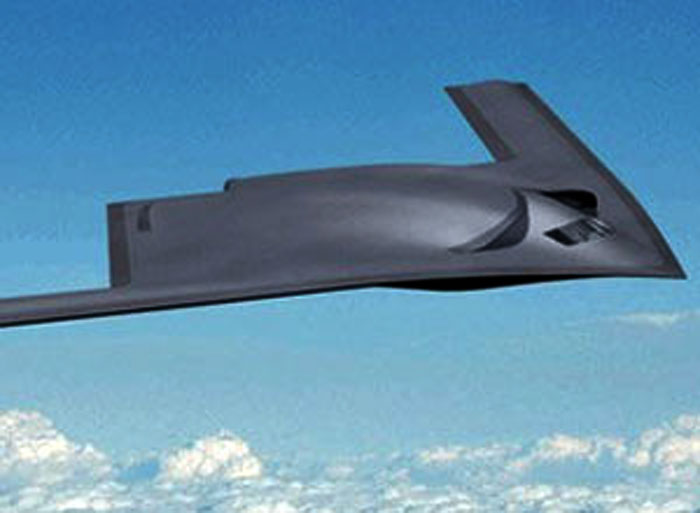.

The U.S. Air Force this week made it official: They are officially in the market for a new bomber. In wonk speak, the service sent a formal Request for Proposals to defense contractors who will vie for the (at least) $55 billion program.
Like any massive, classified national security effort, few things about the Long Range Strike Bomber (LRS-B) are exactly what they appear to be. So here's a cheat sheet.
1. Our Bomber Fleet is Old—Very Old
The average B-52 Stratofortress is 50 years old, and the B-1 Lancer fleet has a mean age of 28. Now, there are plenty of things you can do with a B-52; you can fly over undefended terrain and drop bombs, or launch missiles from longer, safer ranges. But you can't fly a B-52 anywhere that is guarded by the kind of top-notch, integrated air defense radar and anti-aircraft missiles that Russia sells and that China, Iran, Syria, and others use. Only the B-2 stealth bomber can breach those defenses.
2. These Planes May Not Carry Nukes. Ever.
Here's a question that's not getting much attention: Will the LRS-B be designed to deliver nukes? The Air Force has indicated that the priority for America's new bomber is not an ability to drop nuclear bombs but to deliver other weapons. In 2011, officials announced that the new aircraft will first be readied for nonnuclear missions—precision bombs, missiles, and even electronic/cyber warfare pids, before it would be readied for nukes. In contrast, the Pentagon readied the B-2 for nuclear bombs years before conventional munitions. If funding for nukes is not approved in the future, this could be a quiet way in which the Pentagon changes America's triad nuclear deterrent. (subs, aircraft and missiles)
3. Actually, the Program Has Already Started
Normally, reports of triangular craft zipping through the air come from UFO nuts. But there have been sightings recently that speak to a classified government development program that has been under way for years. Then again, they do look a lot like B-2s and it makes sense that they'd be flying on training missions.
No matter the truth of these sightings, we know that a funding program is already under way. A recent Congressional Research Service report, posted online by the Federation of American Scientists' Project on Government Secrecy, says "significant LRS-B development has already been completed, presumably in classified budgets. Such prior development would also help explain how the Air Force intends to get the system from a Request for Proposals to initial operational capability in about 10 years, when equally or less-complicated systems like the F-22 and F-35 have taken more than 20."
As Richard Aboulafia, vice president at Teal Group, once told PM, incremental funding is not unusual as a way to get a project started despite fiscal constraints and changing technology and geopolitics. In fact, it's a popular Pentagon strategy for advancing expensive programs.
"You start funding a research and development program, but you don't move forward too aggressively," he said. "You fund it a billion or two a year so that you can get a running start as the strategic situation evolves."
That funding trickle will turn into a flood, according to the CRS report. The budget for LRS rises from $258.7 million in 2013 to $3.5 billion in 2019.
Quelle: PM
5007 Views
